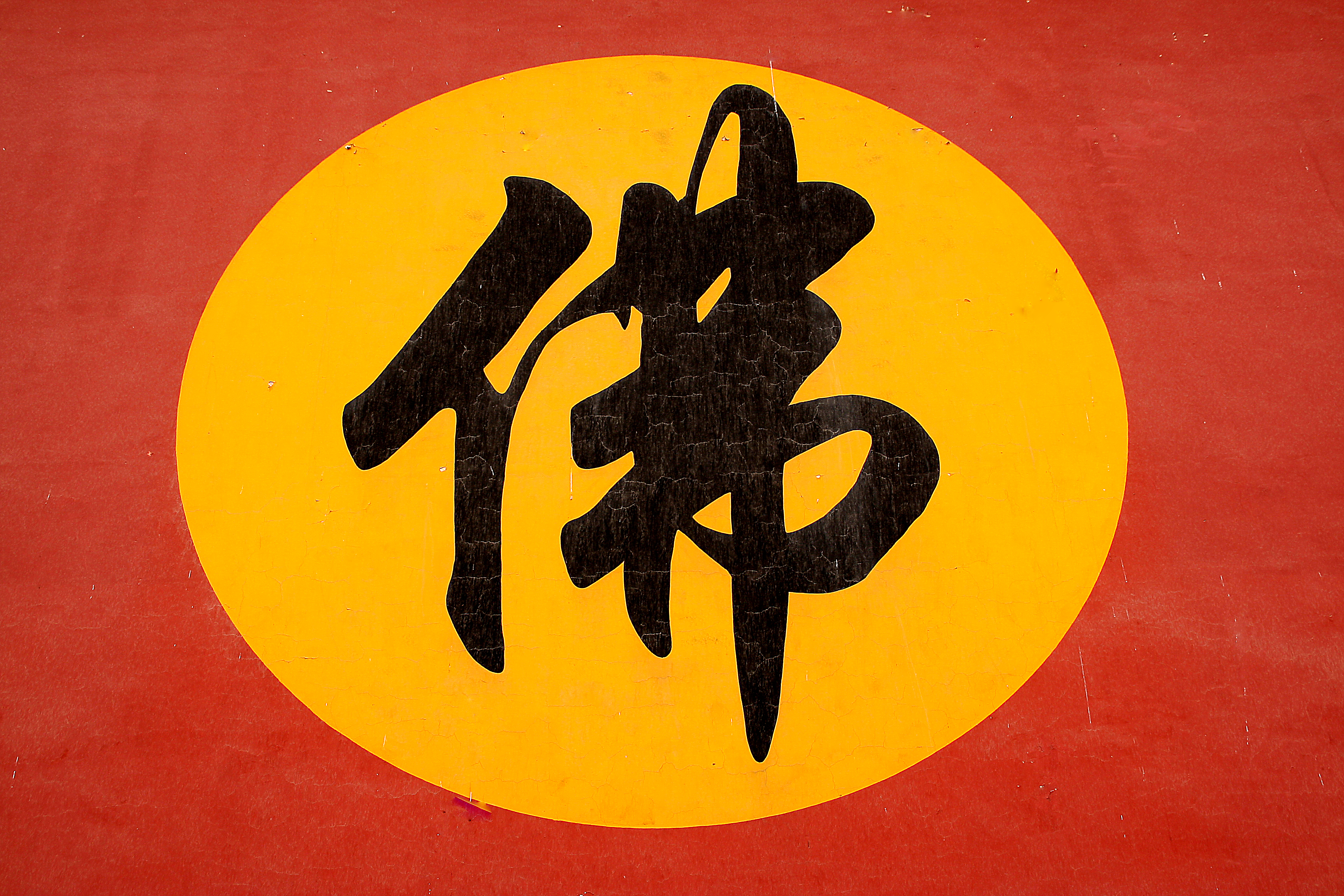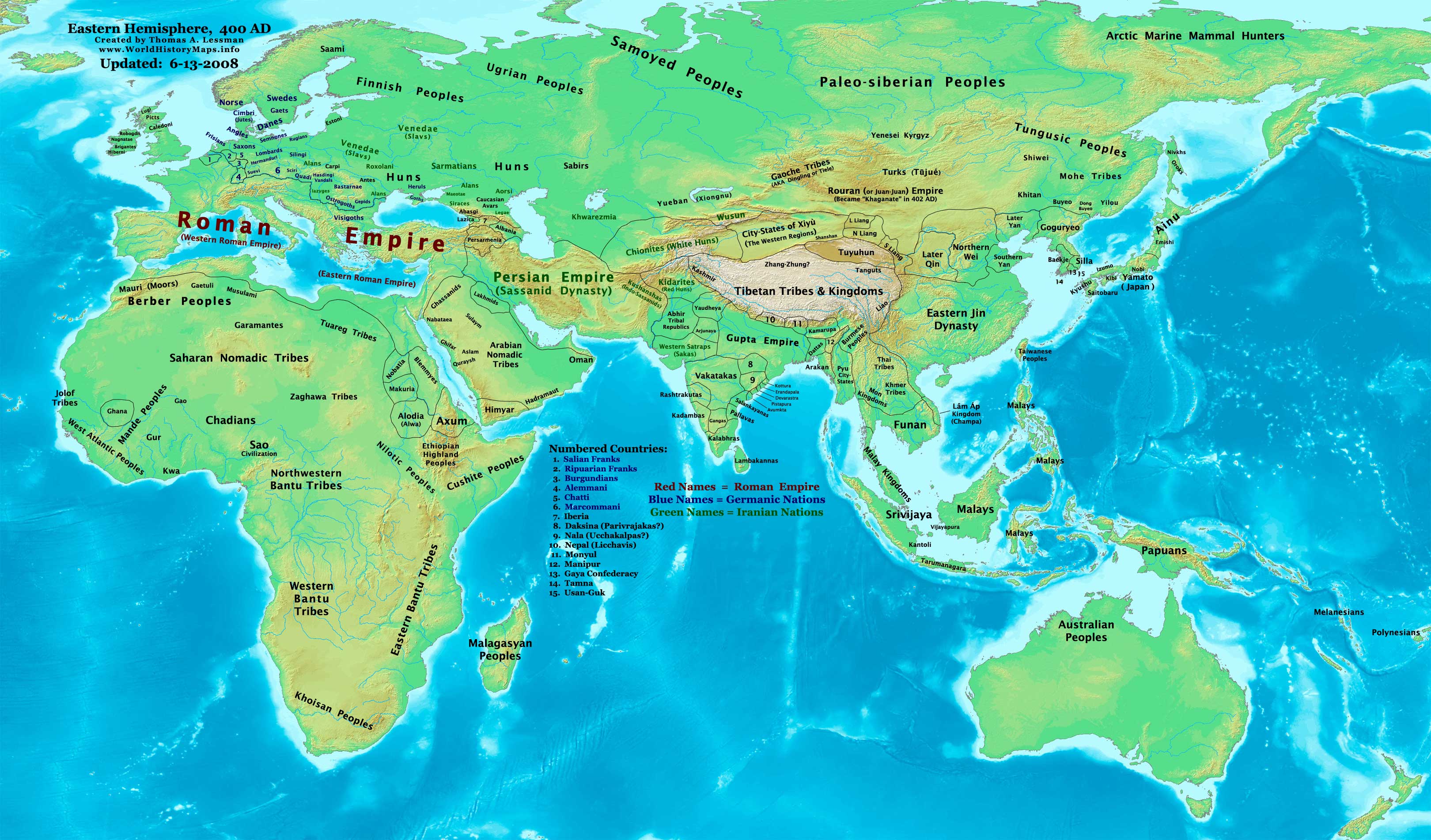|
Punyamitra
Punyamitra was the 26th Indian Patriarch of Chan Buddhism. A legendary figure, little information about him exists outside of Buddhist hagiographic texts. He is estimated to have died late in the 4th Century CE. Biography According to the Transmission of the Lamp According to The Jingde Record of the Transmission of the Lamp, Punyamitra was the eldest son of a king of southern India known as Virtuous Conqueror. Punyamitra's father favored the teaching of certain heretical Brahmin sects, and had Punyamitra imprisoned for reproaching the king for favoring these Brahmins. After the robe of Bahsyashita, the 25th Patriarch, was miraculously unburned despite being thrown into a fire, the king relented and ordered Punyamitra's release. Upon his release, Punyamitra sought ordination from Bashyashita and served as his attendant for six years in the royal palace. Bashyashita was already extremely old, and soon designated Punyamitra as his heir before his death. After Bashyashita's death, ... [...More Info...] [...Related Items...] OR: [Wikipedia] [Google] [Baidu] |
Prajnatara
Prajñātārā, also known as Keyura, Prajnadhara, or Hannyatara, was the twenty-seventh patriarch of Indian Buddhism according to Chan Buddhism, and the teacher of Bodhidharma. Life According to The Transmission of the Lamp Little independent information about the life of Prajñātārā exists outside of The Jingde Record of the Transmission of the Lamp, a hagiographic account of the lives of early Indian and Chinese masters in the Chan tradition. Prajñātārā was from a Brahmin family in eastern India and was orphaned at a young age. Without a family name, Prajñātārā was called 'Precious Necklace' or 'Keyura' before ordination. When the 26th Patriarch, Punyamitra, came to visit the king of Prajñātārā's region, Punyamitra stopped the king's carriage on seeing Prajñātārā bowing. Prajñātārā was identified as having been Punyamitra's student in a previous incarnation, and Punyamitra identified Prajñātārā as an incarnation of the Bodhisattva Mahasthamaprapta. ... [...More Info...] [...Related Items...] OR: [Wikipedia] [Google] [Baidu] |
The Jingde Record Of The Transmission Of The Lamp
''The Jingde Record of the Transmission of the Lamp'' (), often referred to as ''The Transmission of the Lamp'', is a 30 volume work consisting of putative biographies of the Chan Buddhist and Zen Buddhist patriarchs and other prominent Buddhist monks. It was produced in the Song dynasty by Shi Daoyuan (). Other than the ''Anthology of the Patriarchal Hall'', it represents the first appearance of "encounter dialogues" in the Chan tradition, which in turn are the antecedents of the famous kōan stories. The word ''Jingde'' (景德), the first two characters of the title, refers to the Song dynasty reign name, which dates the work to between 1004 and 1007 CE. It is a primary source of information for the history of Chan Buddhism in China, although most scholars interpret the biographies as largely hagiography. The lives of the Zen masters and disciples are systematically listed, beginning with the first seven buddhas (Gautama Buddha is seventh in this list). The "Lamp" in the tit ... [...More Info...] [...Related Items...] OR: [Wikipedia] [Google] [Baidu] |
Buddhism
Buddhism ( , ), also known as Buddha Dharma and Dharmavinaya (), is an Indian religion or philosophical tradition based on teachings attributed to the Buddha. It originated in northern India as a -movement in the 5th century BCE, and gradually spread throughout much of Asia via the Silk Road. It is the world's fourth-largest religion, with over 520 million followers (Buddhists) who comprise seven percent of the global population. The Buddha taught the Middle Way, a path of spiritual development that avoids both extreme asceticism and hedonism. It aims at liberation from clinging and craving to things which are impermanent (), incapable of satisfying ('), and without a lasting essence (), ending the cycle of death and rebirth (). A summary of this path is expressed in the Noble Eightfold Path, a training of the mind with observance of Buddhist ethics and meditation. Other widely observed practices include: monasticism; "taking refuge" in the Buddha, the , and the ... [...More Info...] [...Related Items...] OR: [Wikipedia] [Google] [Baidu] |
Chan Buddhism
Chan (; of ), from Sanskrit '' dhyāna'' (meaning "meditation" or "meditative state"), is a Chinese school of Mahāyāna Buddhism. It developed in China from the 6th century CE onwards, becoming especially popular during the Tang and Song dynasties. Chan is the originating tradition of Zen Buddhism (the Japanese pronunciation of the same character, which is the most commonly used English name for the school). Chan Buddhism spread from China south to Vietnam as Thiền and north to Korea as Seon, and, in the 13th century, east to Japan as Japanese Zen. History The historical records required for a complete, accurate account of early Chan history no longer exist. Periodisation The history of Chan in China can be divided into several periods. Zen, as we know it today, is the result of a long history, with many changes and contingent factors. Each period had different types of Zen, some of which remained influential while others vanished. Ferguson distinguishes three ... [...More Info...] [...Related Items...] OR: [Wikipedia] [Google] [Baidu] |
Hagiography
A hagiography (; ) is a biography of a saint or an ecclesiastical leader, as well as, by extension, an adulatory and idealized biography of a founder, saint, monk, nun or icon in any of the world's religions. Early Christian hagiographies might consist of a biography or ', a description of the saint's deeds or miracles (from Latin ''vita'', life, which begins the title of most medieval biographies), an account of the saint's martyrdom (called a ), or be a combination of these. Christian hagiographies focus on the lives, and notably the miracles, ascribed to men and women canonized by the Roman Catholic church, the Eastern Orthodox Church, the Oriental Orthodox churches, and the Church of the East. Other religious traditions such as Buddhism, Hinduism, Taoism, Islam, Sikhism and Jainism also create and maintain hagiographical texts (such as the Sikh Janamsakhis) concerning saints, gurus and other individuals believed to be imbued with sacred power. Hagiographic works, especi ... [...More Info...] [...Related Items...] OR: [Wikipedia] [Google] [Baidu] |
Year Of Birth Unknown
A year or annus is the orbital period of a planetary body, for example, the Earth, moving in its orbit around the Sun. Due to the Earth's axial tilt, the course of a year sees the passing of the seasons, marked by change in weather, the hours of daylight, and, consequently, vegetation and soil fertility. In temperate and subpolar regions around the planet, four seasons are generally recognized: spring, summer, autumn and winter. In tropical and subtropical regions, several geographical sectors do not present defined seasons; but in the seasonal tropics, the annual wet and dry seasons are recognized and tracked. A calendar year is an approximation of the number of days of the Earth's orbital period, as counted in a given calendar. The Gregorian calendar, or modern calendar, presents its calendar year to be either a common year of 365 days or a leap year of 366 days, as do the Julian calendars. For the Gregorian calendar, the average length of the calendar year ... [...More Info...] [...Related Items...] OR: [Wikipedia] [Google] [Baidu] |
Indian Buddhist Monks
Indian or Indians may refer to: Peoples South Asia * Indian people, people of Indian nationality, or people who have an Indian ancestor ** Non-resident Indian, a citizen of India who has temporarily emigrated to another country * South Asian ethnic groups, referring to people of the Indian subcontinent, as well as the greater South Asia region prior to the 1947 partition of India * Anglo-Indians, people with mixed Indian and British ancestry, or people of British descent born or living in the Indian subcontinent * East Indians, a Christian community in India Europe * British Indians, British people of Indian origin The Americas * Indo-Canadians, Canadian people of Indian origin * Indian Americans, American people of Indian origin * Indigenous peoples of the Americas, the pre-Columbian inhabitants of the Americas and their descendants ** Plains Indians, the common name for the Native Americans who lived on the Great Plains of North America ** Native Americans in the U ... [...More Info...] [...Related Items...] OR: [Wikipedia] [Google] [Baidu] |
4th-century Buddhist Monks
The 4th century (per the Julian calendar and Anno Domini/Common era) was the time period which lasted from 301 ( CCCI) through 400 ( CD). In the West, the early part of the century was shaped by Constantine the Great, who became the first Roman emperor to adopt Christianity. Gaining sole reign of the empire, he is also noted for re-establishing a single imperial capital, choosing the site of ancient Byzantium in 330 (over the current capitals, which had effectively been changed by Diocletian's reforms to Milan in the West, and Nicomedeia in the East) to build the city soon called Nova Roma (New Rome); it was later renamed Constantinople in his honor. The last emperor to control both the eastern and western halves of the empire was Theodosius I. As the century progressed after his death, it became increasingly apparent that the empire had changed in many ways since the time of Augustus. The two emperor system originally established by Diocletian in the previous century fell in ... [...More Info...] [...Related Items...] OR: [Wikipedia] [Google] [Baidu] |
4th-century Births
The 4th century (per the Julian calendar and Anno Domini/Common era) was the time period which lasted from 301 ( CCCI) through 400 ( CD). In the West, the early part of the century was shaped by Constantine the Great, who became the Constantine the Great and Christianity, first Roman emperor to adopt Christianity. Gaining sole reign of the empire, he is also noted for re-establishing a single imperial capital, choosing the site of ancient Byzantium in 330 (over the current capitals, which had effectively been changed by Diocletian's reforms to Milan in the West, and Nicomedia, Nicomedeia in the East) to build the city soon called Nova Roma (New Rome); it was later renamed Constantinople in his honor. The last emperor to control both the eastern and western halves of the empire was Theodosius I. As the century progressed after his death, it became increasingly apparent that the empire had changed in many ways since the time of Augustus. The two emperor system originally establish ... [...More Info...] [...Related Items...] OR: [Wikipedia] [Google] [Baidu] |




